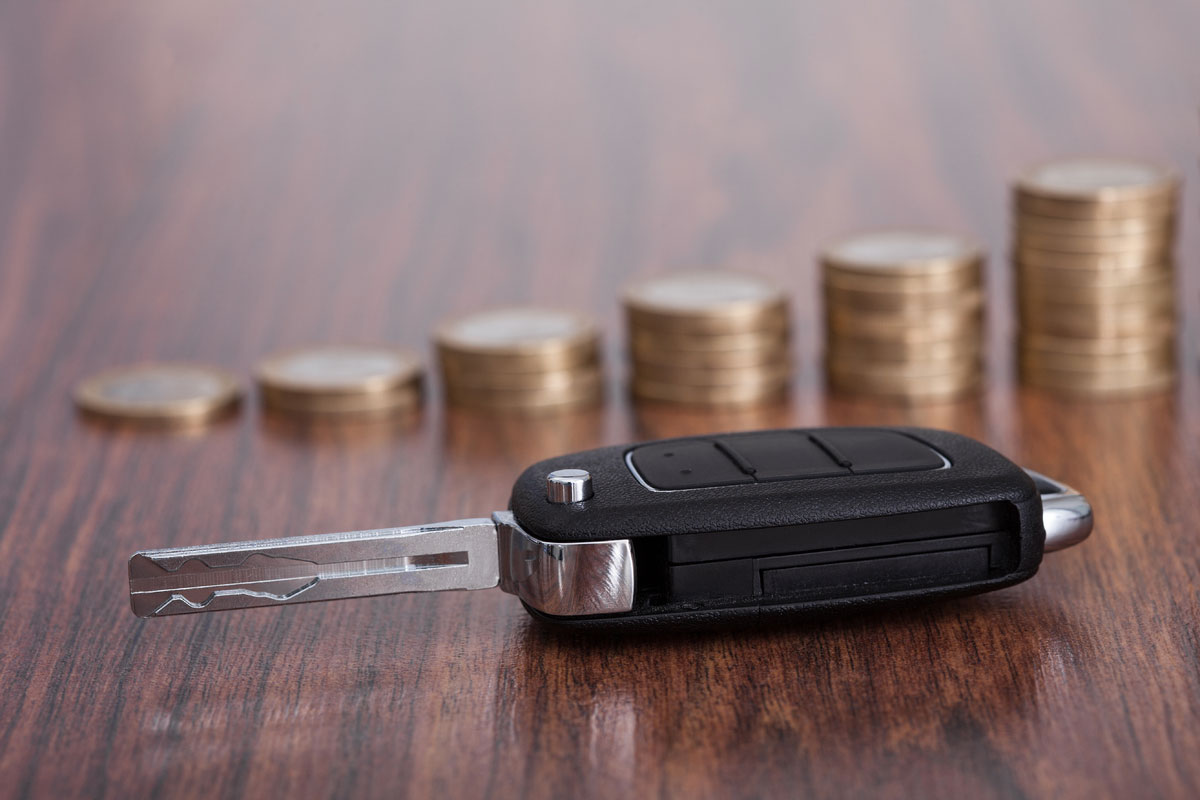How Do Car Loans Work?
Financing is when a borrower takes out a loan, which is a type of debt, to pay for something that costs more than what they can pay for at one time, like a car. When a borrower asks for a loan, once approved, the lender will give the borrower a certain amount of money with a promise of repayment from the borrower. With a car loan, the borrower pays this loan back in certain installments.
A loan is given to the borrower with an interest rate. This is extra money that the borrower will be paying to the lender as payment for providing the borrower with the money for the car. For example, if the car costs $19,000, the borrower could eventually pay $22,000 by the end of the transaction. This is how lenders make money.
How Car Loan Interest Rates are Calculated
How car loan interest rates are calculated can be a very important thing to know when you are looking for a car loan. However, it is actually a difficult thing to understand, the following factors are taken into consideration:
Credit history.
The biggest factor in the calculation of used car loan rates is the borrower's credit history. The credit history is then transformed into a credit score that tells lenders how likely you are to pay back the loan.
Types of interest rates.
The two types of interest rates used are the simple interest rate and the compound interest rate. The simple interest rate is calculated using only the amount of principle owed, while a compound rate uses both the amount owed and the interest rate owed. So with a compound rate you are paying interest on the interest.
Debt-to-income ratio.
Debt-to-income ratio is how much of the consumer or borrower's gross monthly income goes towards paying other debts like housing and food.
So in order to calculate the interest rate you will pay on a car, you will need to know the type of credit history you have, the amount of the loan, the amount of the down payment if any, and the debt to income ratio.
